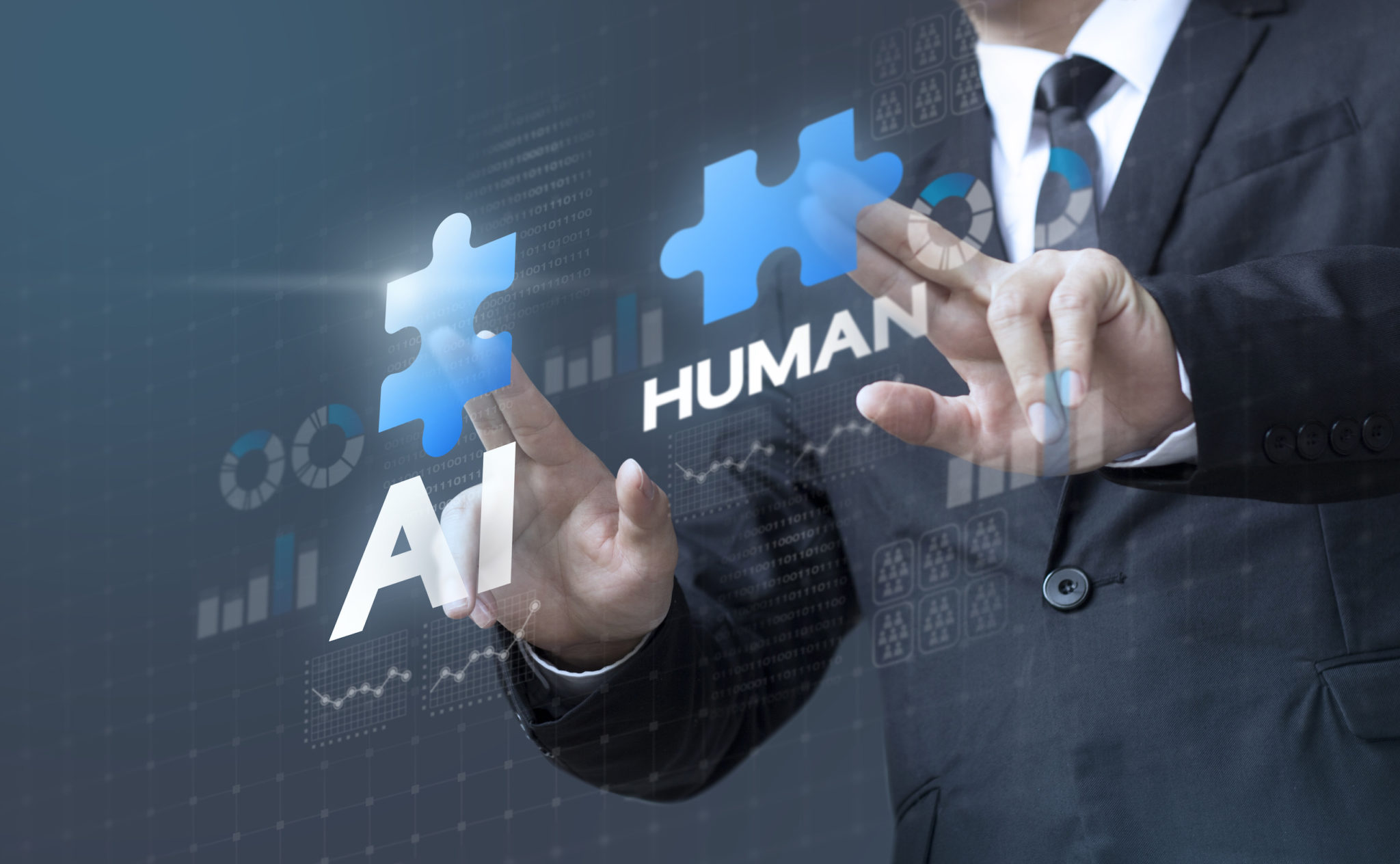
The goal is not to have AI replace humans or do things for them. Instead, it can serve as a tool that will make people smarter at doing things themselves.
by Walter Bender
May 1, 2019
In the corporate world, training is often an end unto itself. Employees take a course so they can check off a compliance box or position themselves for career advancement. Their goal is simply to get the right answers. They don’t absorb the learning or take it with them once they finish the training. Instruction stops at the classroom door, whether it’s real or virtual.
It doesn’t have to be that way. If we can push learning into a more situational context, the more invested the learner will be and the more meaningful the training. True retention happens when employees are back at work actually using the new skills they’ve just learned. But questions will inevitably arise in on-the-job situations, and no one can expect instructors to constantly field emails, texts and calls from former students during the workday.
We need continuing education courses that offer the same richness as if a teacher were right there to help learners whenever they need it. Artificial intelligence and machine learning can extend lessons into the workplace, doing what the best teachers do to make learning more engaging, more personalized and more accessible.
This doesn’t suggest that AI can replace human beings. AI can make people smarter, but it can’t be a substitute for human intelligence, which is essential to true learning.
Case in point: Google has done amazing work with the game Go. Their AI, AlphaGo, plays Go like no one has ever seen it played, but the moves are unintuitive, and the machine can’t explain why it makes them. It’s a black box, not a good tutor, and it’s unclear whether anyone can learn from it. Opaque tools limit what people can learn. What’s required is a machine that can look at and understand the world in a way that’s more human, fostering a richer partnership.
That’s exactly why human guidance is a must, especially in regulated fields like healthcare. When you have a system simply mining a database, you could wind up replicating the “Dr. Google” problem: Patients searching the internet about their health concerns come up with erroneous information that drives real doctors nuts. The solution is a database that’s constructed by experts who have put their stamp of approval on the information that’s being communicated.
Learning works best when it’s interactive and personalized, driven by the learner’s own questions. You can’t answer questions based on an algorithm. But AI tools can help by understanding what the student is asking — whether it’s via SMS, audio or an app — and mining a database of course materials structured by a subject matter expert for possible answers. The SME decides what to do with that suggestion, approving it or editing it as needed. Only then will AI respond to the student’s question with the approved answer.
Once an answer has gotten sign-off, the expert need not review it if the question arises again unless the material changes. And AI can help there, too, notifying the expert when it appears that content has changed. Additionally, AI can provide feedback loops. When the database doesn’t have relevant answers for valid questions, AI can make instructors aware that there are gaps, enabling them to fill holes in the curriculum. This dialogue promotes a richer exchange between student and instructor than the rigidly prescribed path in most learning platforms.
On-the-job learning is becoming a constant, whether it’s for a new security guard getting up to speed on protocol, an IT specialist with questions about how to configure a new system or a surgeon studying a new procedure. The needs are tremendously varied, and in our fast-paced world, content needs to change quickly. Open-source e-learning platforms can make it easier to swap new content in to address new developments and also has the advantage of not being a “black box.” Developers can follow processes by examining the source code, learn from it, and improve the system to improve learning.
As we address the growing need for training, AI can be invaluable in moving the learning process beyond the classroom and into day-to-day life at work. We need AI to help us navigate, to keep employees at the top of their field and to guide them in the direction they need to go.
I believe people and e-learning can use AI as a partner. The goal is not to have AI replace humans or do things for them. Instead, it can serve as a tool that will make people smarter at doing things themselves.



